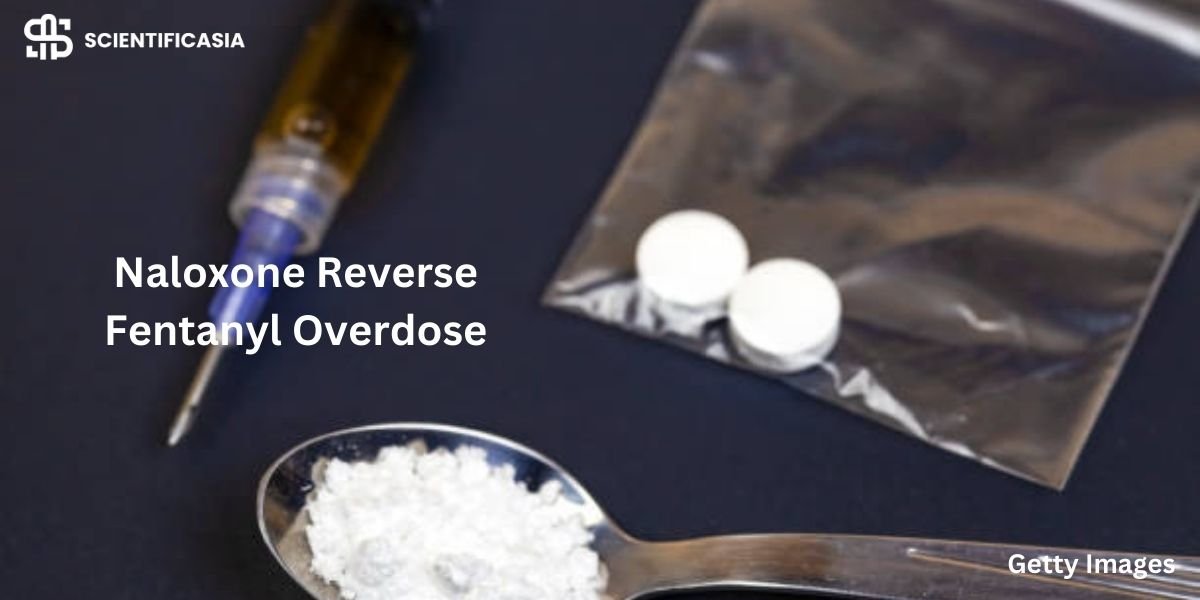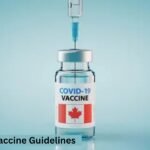Bill Whitaker covered fentanyl, the synthetic opioid that kills people, this week on 60 Minutes. Fentanyl is the source of the largest drug problem the US has ever experienced.
The Centers for Disease Control and Prevention report that over 70,000 Americans lost their lives to fentanyl overdoses in the previous year. That is a greater number of deaths than American service members lost in the conflicts in Vietnam, Iraq, and Afghanistan put together.
Fentanyl has been smuggled into the United States by Mexican drug gangs, who frequently conceal it in fake prescription medications including Adderall, OxyContin, Percocet, and Xanax. Furthermore, fentanyl is becoming more prevalent as an ingredient in illicit substances, including methamphetamine, cocaine, and heroin.
- The DEA chief claims that as agents battle Mexican cartels that provide fentanyl, the United States is “losing a generation” to the narcotic.
As a result, there is now a higher chance of unintentional overdoses, or instances in which fentanyl was accidentally consumed without the user’s knowledge.
Parents Angela King and Mike O’Kelley are all too familiar with this. Jack O’Kelley, their 20-year-old son, passed away from an unintentional fentanyl overdose last year.
When you hear about it, you might think it only affects drug users or homeless people living on the streets. But that’s not true. In an interview, King told Whitaker, “It’s very sneaky.”
They discovered text communications between Jack and a drug dealer after their son passed away. Jack had purchased a gram of cocaine, OxyCodone, and what he believed to be Xanax. However, the cause of death listed on the death certificate was fentanyl.
King stated, “He made a really bad decision—one that shouldn’t have cost him his life.”
- A DEA official claims that “there’s so much more that needs to be done” but that the fentanyl epidemic is “not a whodunit.”
California’s San Diego community has been completely destroyed by fentanyl. Fentanyl has been smuggled into the United States by Mexican drug traffickers through the neighboring port of entry at San Ysidro.
Whitaker spoke with Dr. Steven Campman, the San Diego County medical examiner, and a team from 60 Minutes to gain a greater understanding of the effects fentanyl has had on the community over the past ten years.
In an interview with Whitaker, Dr. Campman stated, “For years…we saw five, or 10, or maybe up to 20 deaths from fentanyl in a year.”
However, the number of deaths began to rise in 2016, rising from 20 to 30, 80, and 150, and in a few years, increasing it to 800.”
According to Dr. Campman, one in five bodies at the morgue on any given day—including the day the 60 Minutes crew was there—were those who had overdosed on fentanyl.
Indices of an overdose of fentanyl
Dr. Campman was questioned by 60 Minutes on what occurs to the body and what an overdose of fentanyl looks like.
“It induces sleep and loss of awareness because it depresses the central nervous system. Their pulse rate and respiration both slow as a result,” he said.
According to Dr. Campman, the average fentanyl death is “a sleepy, slow death” and the duration of the victim’s coma might range from “short time” to a few hours.
The inability to wake the individual; constricted “pinpoint” pupils that are not responsive to light; shallow breathing or difficulty breathing, such as choking sounds, gurgling, or snoring from an unconscious person; and discolored skin, particularly in the nails or lips, are additional indicators of a fentanyl overdose, according to the CDC.
- The head of the DEA claims that the US drug business is somewhat to blame for the fentanyl issue.
According to Dr. Campman, a small percentage of fentanyl overdose victims have “wooden chest syndrome,” which causes them to pass out more quickly.
“A quicker respiratory paralysis results from that. People therefore pass away soon. In any case, unconsciousness strikes quite rapidly.”
However, Dr. Campman also pointed out that a fentanyl overdose victim can appear misleadingly “healthy” even after they have passed away.
Reversing an overdose of fentanyl
Dr. Campman credits the greater accessibility and availability of naloxone for the recent decline in fentanyl overdose deaths in San Diego County.
Naloxone, a potentially fatal medication, is administered via the nasal spray Narcan. When administered promptly, naloxone can prevent a potentially fatal overdose from fentanyl or other opioids and save a person’s life.
The Substance Abuse and Mental Health Services Administration (SAMHSA) states that you should give naloxone and dial 911 right away if someone exhibits symptoms of an opioid overdose.
When using Narcan to deliver Naloxone, you place the spray nozzle in one nostril, spray the contents of the single-use device, and then watch the patient for two to three minutes to see if they start breathing normally or start to respond.
The overdose victim may need additional doses of Narcan—possibly several—if they remain unconscious or if their breathing hasn’t returned to normal.
When someone has used fentanyl, whether intentionally or accidentally, multiple doses are more common.
Dr. Campman explains that the problem is that a Narcan box only holds two doses, while some fentanyl overdoses need far more to be effective.
“Even if someone was there to give them one or two doses of Narcan, often that’s not enough. Many times, people need four, six, or even up to ten doses of naloxone to reverse the effects,” he told Whitaker.
Several bodies that have been brought into Dr. Campman’s medical examination room, he added, had naloxone either in their pockets or close to where they died.
“We saw people lifeless, with naloxone in their hand or close to it, believing they could rescue themselves. However, they pass away too soon. They pass out too soon.”
The Centers for Disease Control and Prevention (CDC) advises opioid users who are more likely to overdose to carry naloxone, keep it at home, and notify others when they do. “Because you can’t use naloxone on yourself, let others know you have it in case you experience an opioid overdose.”
Flavonoids May Decrease the Danger of Dementia
The Best Medicine For Killing Migraine
A heads-up to parents
Whitaker was informed by Jack O’Kelley’s parents, Mike O’ Kelley and Angela King, that their experience has been a crash education in the perils of fentanyl. They counsel other parents to pursue their education.
“It’s currently present in trace amounts in all street drugs. You cannot take it unless a doctor has recommended it. It’s Russian roulette that you’re playing.”
Visit the CDC Stop Overdose webpage if you or a loved one is experiencing problems with opioid usage, or if you would like to find out more information and resources (including free Narcan in some areas).
Will Croxton is the producer of the video up top. Sarah Shafer Prediger edited it.
U.Va. Health faculty ultimatum clear away of health system CEO, School of Medicine dean
















